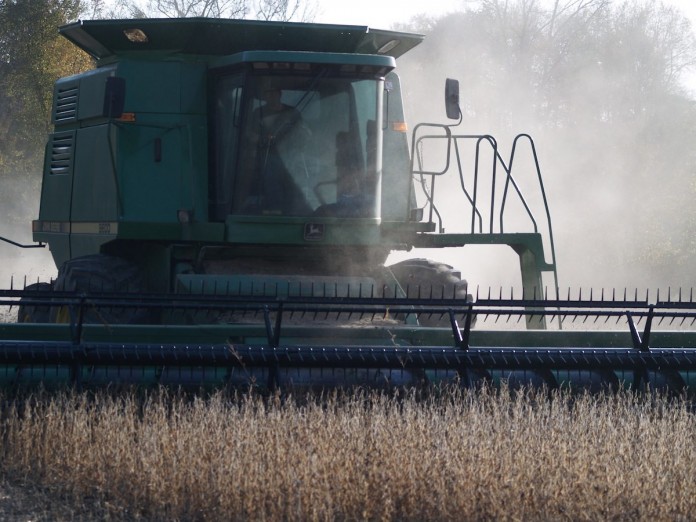SALEM, Ohio — It’s no secret that this year’s crop yields were lower than many Ohio and western Pennsylvania farmers had hoped. But to their relief, the quality has been good, and the cost to dry grain this year has been low.
“The quality of the corn and beans is just as good as it gets and it’s as dry as you’ll ever see it,” said Ralph Wince, grain merchandiser for Agland Co-op.
He said much of the crop is coming off at moisture levels that don’t even need to be dried — and the crop that does need dried is usually in and out — requiring less fuel and energy than in the past.
What’s even better are the low prices for most of the fuels farmers use. Propane, natural gas, heating oil, gasoline and diesel fuel are all down compared to previous years.
According to the U.S. Energy Information Administration, residential propane prices in Ohio are slightly more than $2 a gallon, the lowest they’ve been for this time of year since 2009. In Pennsylvania, retail propane is averaging $2.60 a gallon, the lowest November price since 2006.
On the wholesale side, propane in Ohio is selling for about 58 cents per gallon, the lowest in at least the last three years.
Other fuels
The downward trend also holds true for residential heating oil, which is averaging $2.28 a gallon in Ohio, the lowest for this time of year since November 2006.
Why are prices so low? Much of it has to do with the increased supply of oil and gas, due to shale gas drilling in Ohio and Pennsylvania, and a warm start to fall.
“Some of the product that we’re getting is coming right out of the ground, where (the) fracking is really taking off,” said Bill Rohrbaugh, vice president of Town and Country Co-op’s energy division.
Rohrbaugh said he doubts there will be any fuel shortages this winter, especially with propane, which was in short supply a couple years ago. He said the industry “learned from” the shortage, and has done a better job of contracting fuels and being prepared in advance.
And, because less fuel was used for grain drying this fall, he said there should still be plenty on the market.
In addition to grain drying, farmers also depend on propane and other fuels, to heat livestock barns, greenhouses and their own homes.
“Those energy products have been down now for close to two years, and from everything I hear, I think that trend is going to continue,” Rohrbaugh said.
Crop update
Aside from the good quality crop, yield averages across Ohio and Pennsylvania are down.
Corn in Ohio is averaging 165 bushels per acre, down 11 bushels from last year, according to the latest National Agricultural Statistics Service report. Pennsylvania corn is averaging 153 bushels per acre, down only a bushel from last year.
Ohio soybeans are averaging 50 bushels per acre, down 2.5 bushels from last year. And Pennsylvania soybeans are averaging 46 bushels per acre, down 3 bushels from last year.










